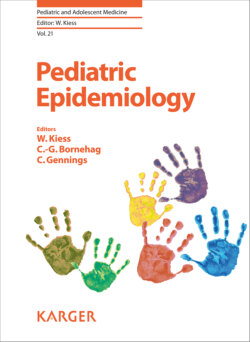Читать книгу Pediatric Epidemiology - Группа авторов - Страница 19
На сайте Литреса книга снята с продажи.
Abstract
ОглавлениеThe prevalence of child maltreatment in different countries and within different groups of children and families has been difficult both to estimate and to compare. Reasons for the wide variation in incidence and prevalence include differences in how maltreatment is defined, varying quality of the sources used, non-uniform construction of surveys and validity problems. Research on child maltreatment also has some specific difficulties compared to many other areas of epidemiological research, as the perpetrators seldom will acknowledge their actions even in anonymous surveys and some victims cannot describe what has happened due to exposure at an early age, severe brain injuries or reluctance to disclose violence from perpetrators on whom they are dependent. A large part of the variation in prevalence remains unexplained and some might be due to methodological artefacts. There is consequently a need to strive towards common and operational definitions of maltreatment and to work with representative samples. This chapter discusses common definitions, which are internationally agreed upon and recent international developments of surveys, which can be applied in research with parents and children. Adolescents in particular are judged as the most reliable sources. The chapter also brings up possibilities and problems with official resources like mortality registers, hospital reports, agency reports and police reports. Some specific topics like neglect, sexual abuse and cultural-geographical differences are discussed more in detail. The chapter ends with a discussion on ethical issues.
© 2018 S. Karger AG, Basel
